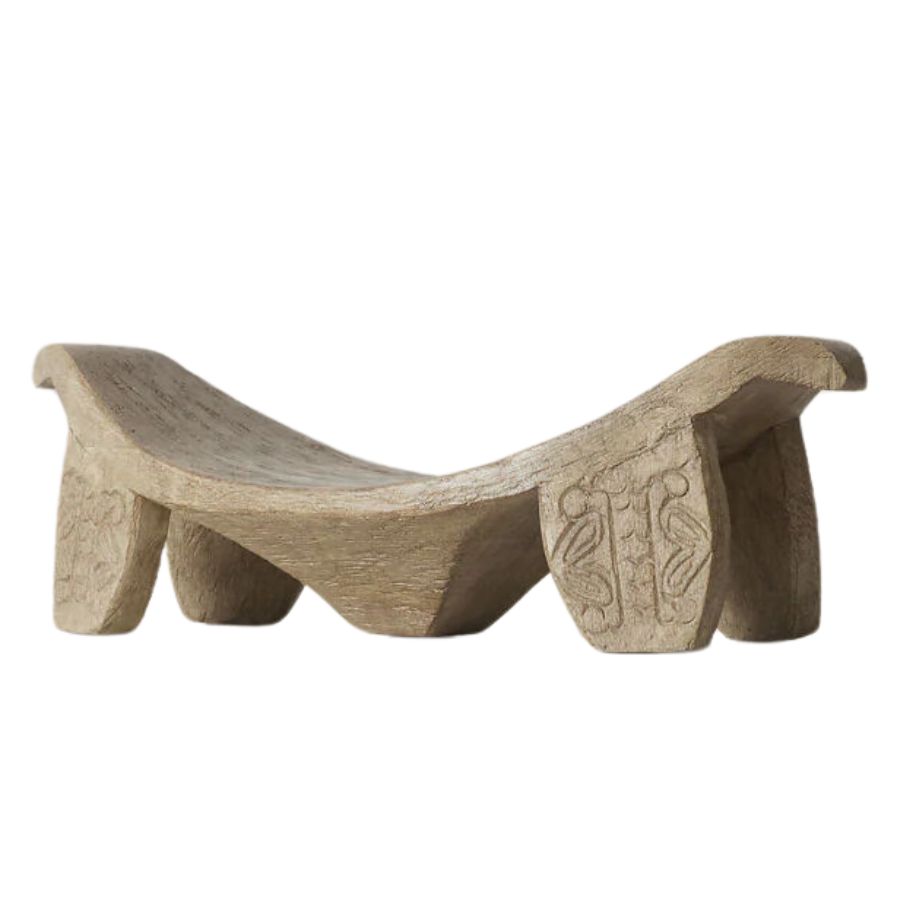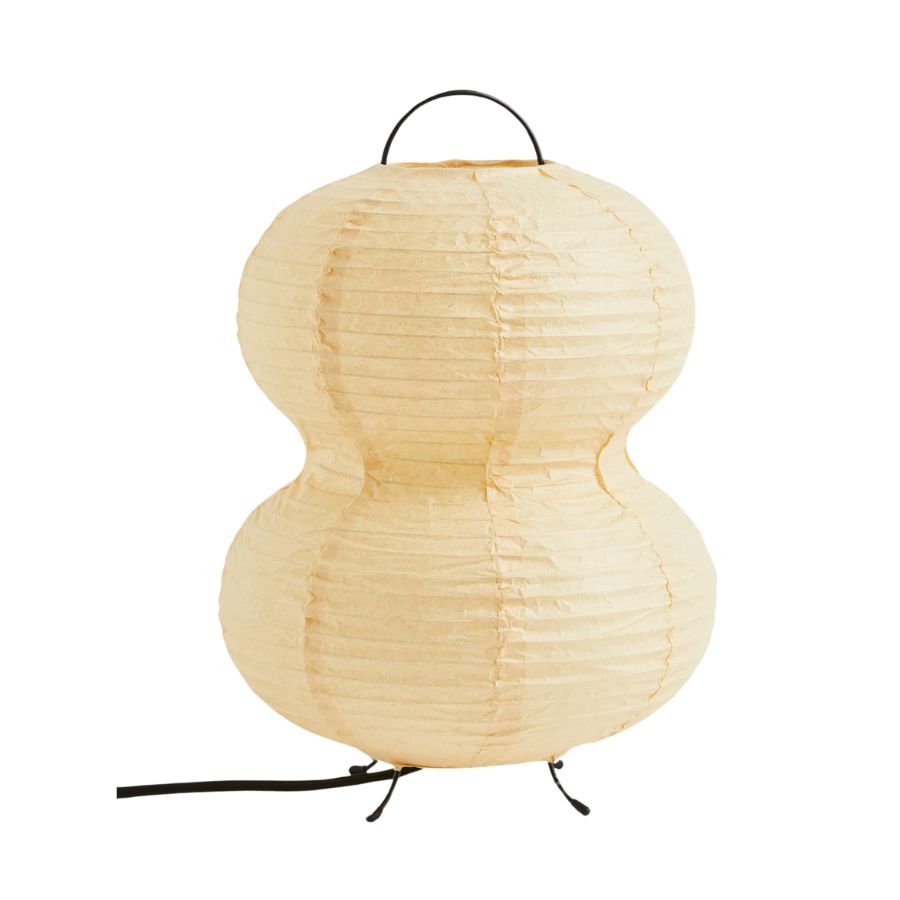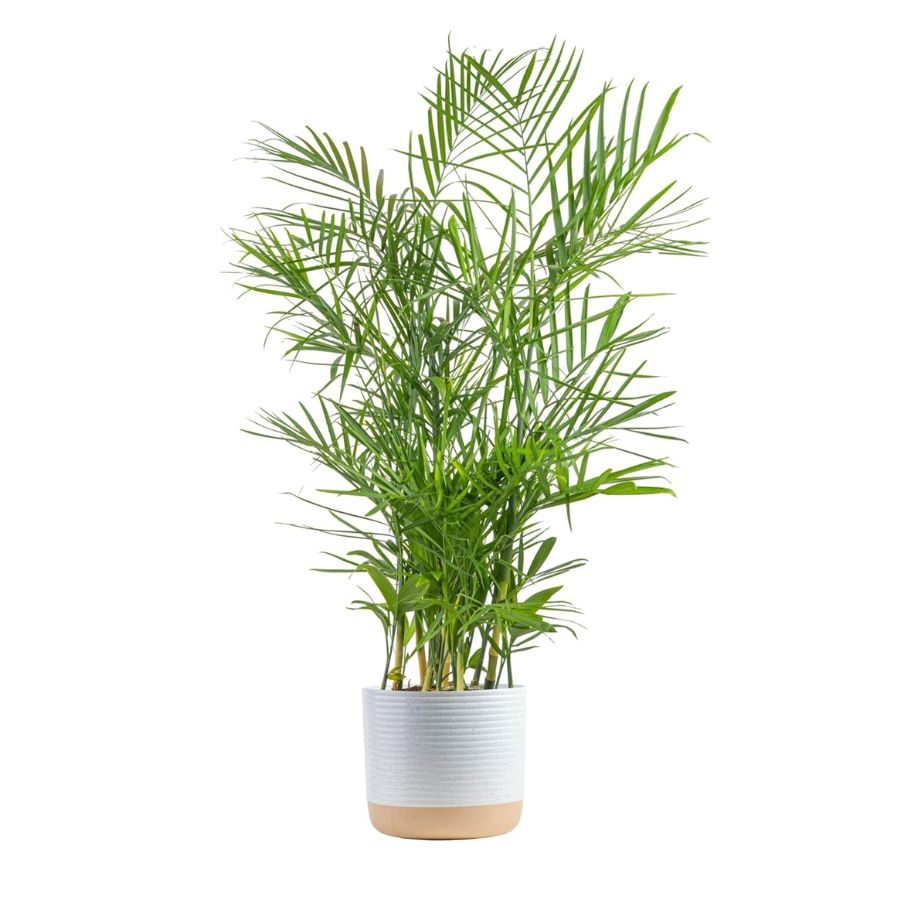5 Design Rules Japanese-Style Living Rooms Always Follow — "This Approach Makes Any Home So Calming"
Japanese designers have stylish living rooms down to an art form, here are five key pillars they rely on for living rooms
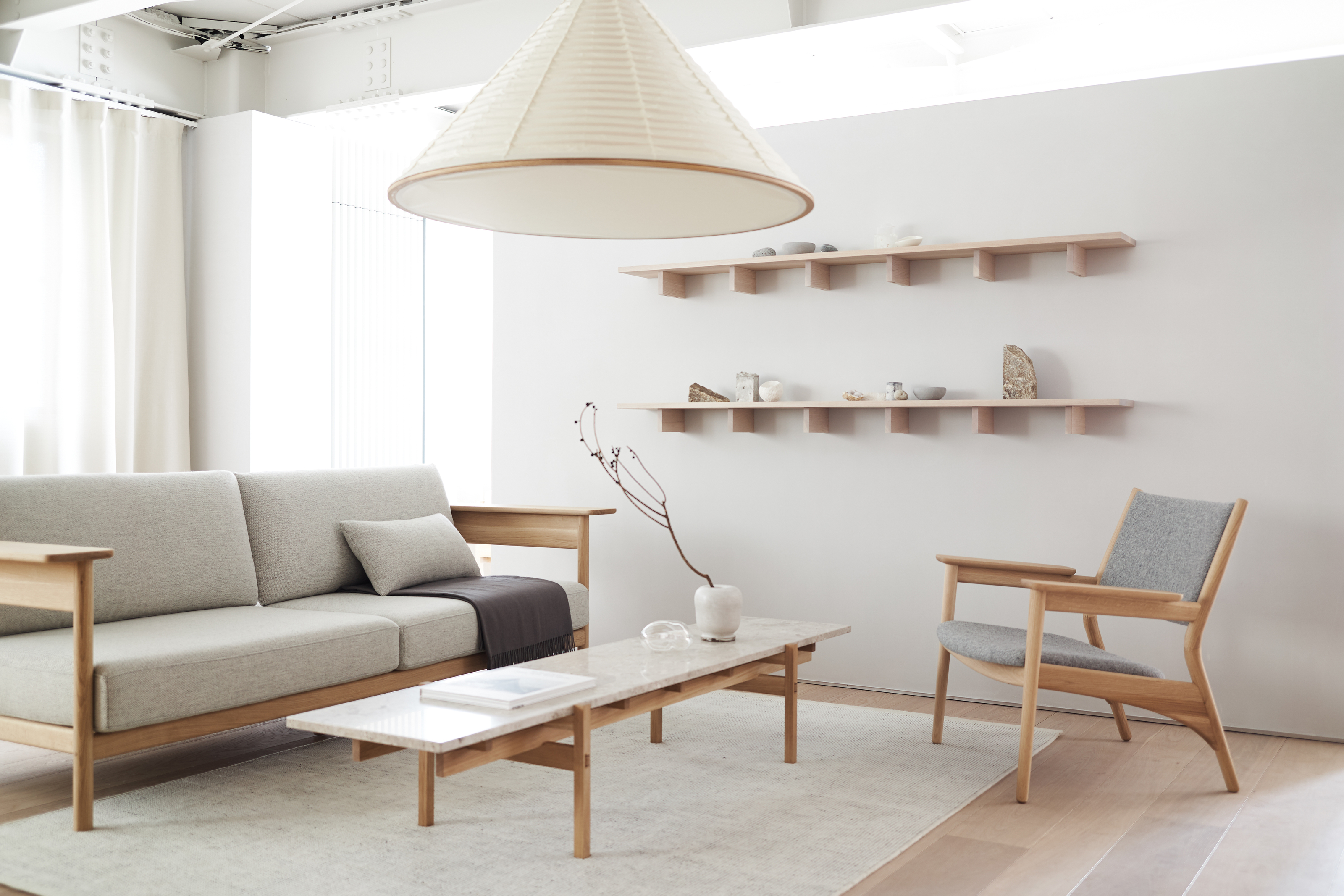

Japanese design is commonly associated with simplicity and minimalism. Designers influenced by the Japanese style are renowned for their pared-back approach to interiors, with living rooms characterized by a neutral color scheme made up of natural materials that give the space a calming aesthetic. This modern interior design style is enduringly popular, so much so that it's merged with Danish interiors to form a new hybrid altogether - Japandi.
So what is it that makes this look so popular, and how do designers and homeowners get the look in their living rooms? There is so much more to the Japanese aesthetic than mere minimalism, so we've spoken to the designers to find out what.
1. Use of natural materials
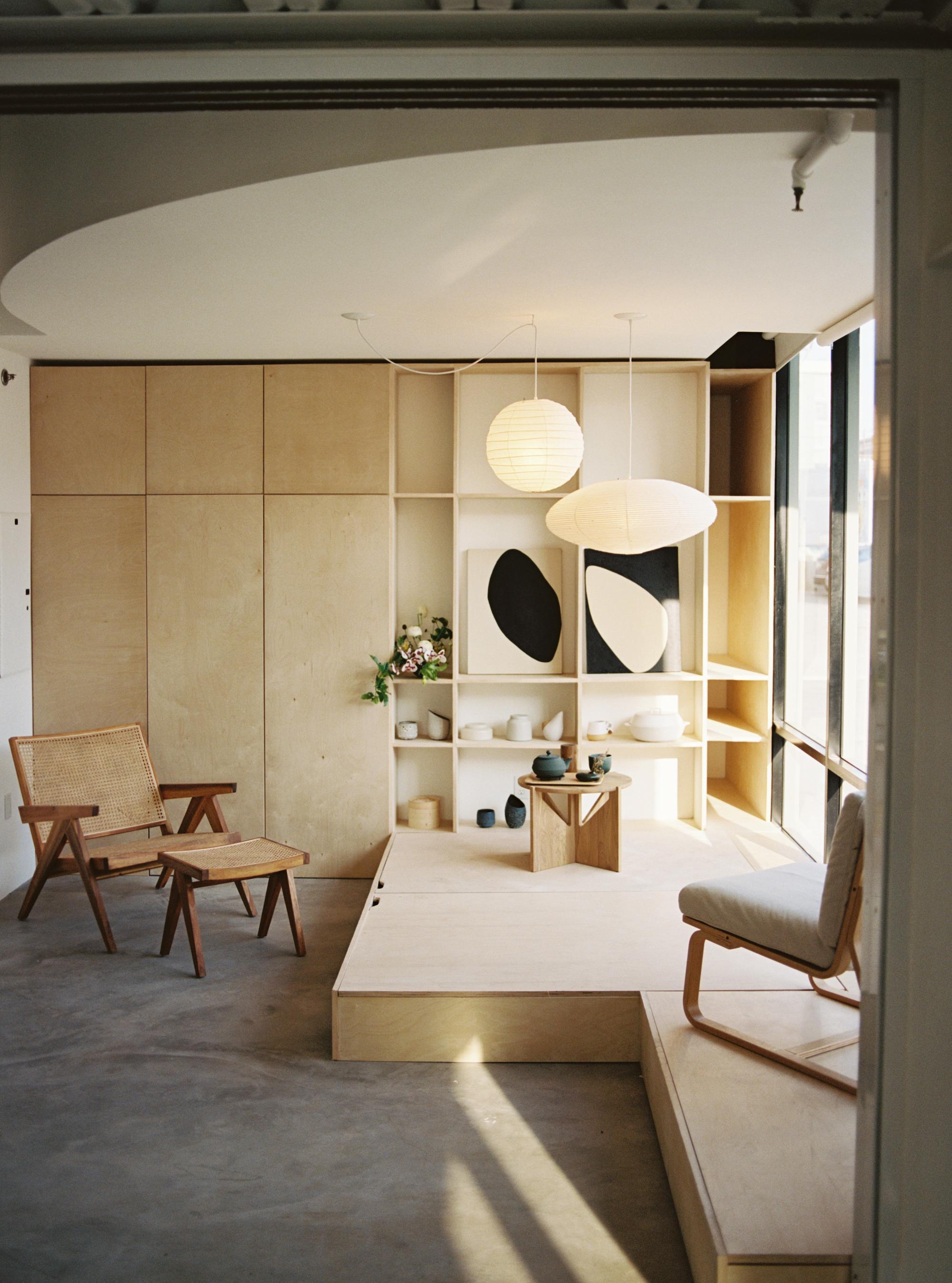
Wood is a staple of Japanese interiors, and a living room with a Japanese aesthetic will always have some sort of wooden structure, interior, cladding or wooden decor to create a natural living room feel.
'I try and incorporate more wooden materials when designing Japanese-style interiors,' says Kiyomi Tanigawa, creative director of Brooklyn Misomaru and Studio Orb, a firm that offers Japanese-inspired architectural interior design for your home, store, and offices.
'I feel that by not just using wooden materials, but using wood in multiple ways, for example, painted or treated wood, or using the bare wood as it is, we can use a lot of wood and not give the impression of an interior full of wood, but still express warmth and Japaneseness.'
2. Curated decor
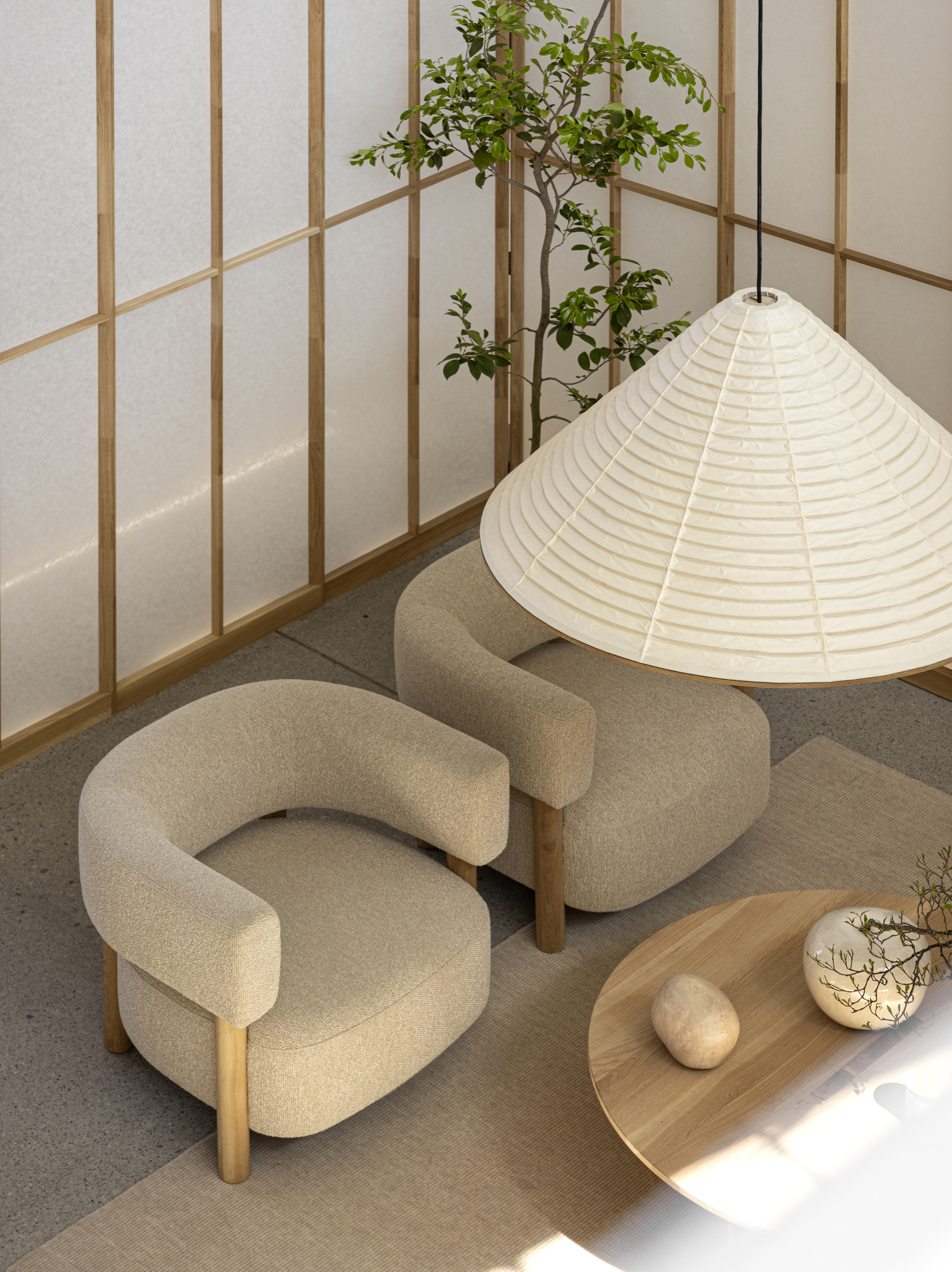
Conscious and curated living room decor is a key fundamental of a Japanese living room, but keep it simple and minimal.
'I like to incorporate Japanese craftsmanship as interior accessories,' says Kiyomi. 'Japanese earthenware, cutting boards with beautiful wood grain, and other accessories made by Japanese craftsmen using natural materials and traditional techniques will further enhance the Japan feel of the interior.'
Paper is another material that is frequently used in Japanese interior design. Historically, Japanese interior design featured washi paper screens to divide up rooms and allow diffused light to radiate through the spaces. Today, this is less common, and modern Japanese living rooms rely less on paper screens, but the history of this traditional material is still alluded to through decor. Think paper lanterns and lamps that bring that typical Japanese aesthetic with a simple decorative touch.
3. Low-profile furniture
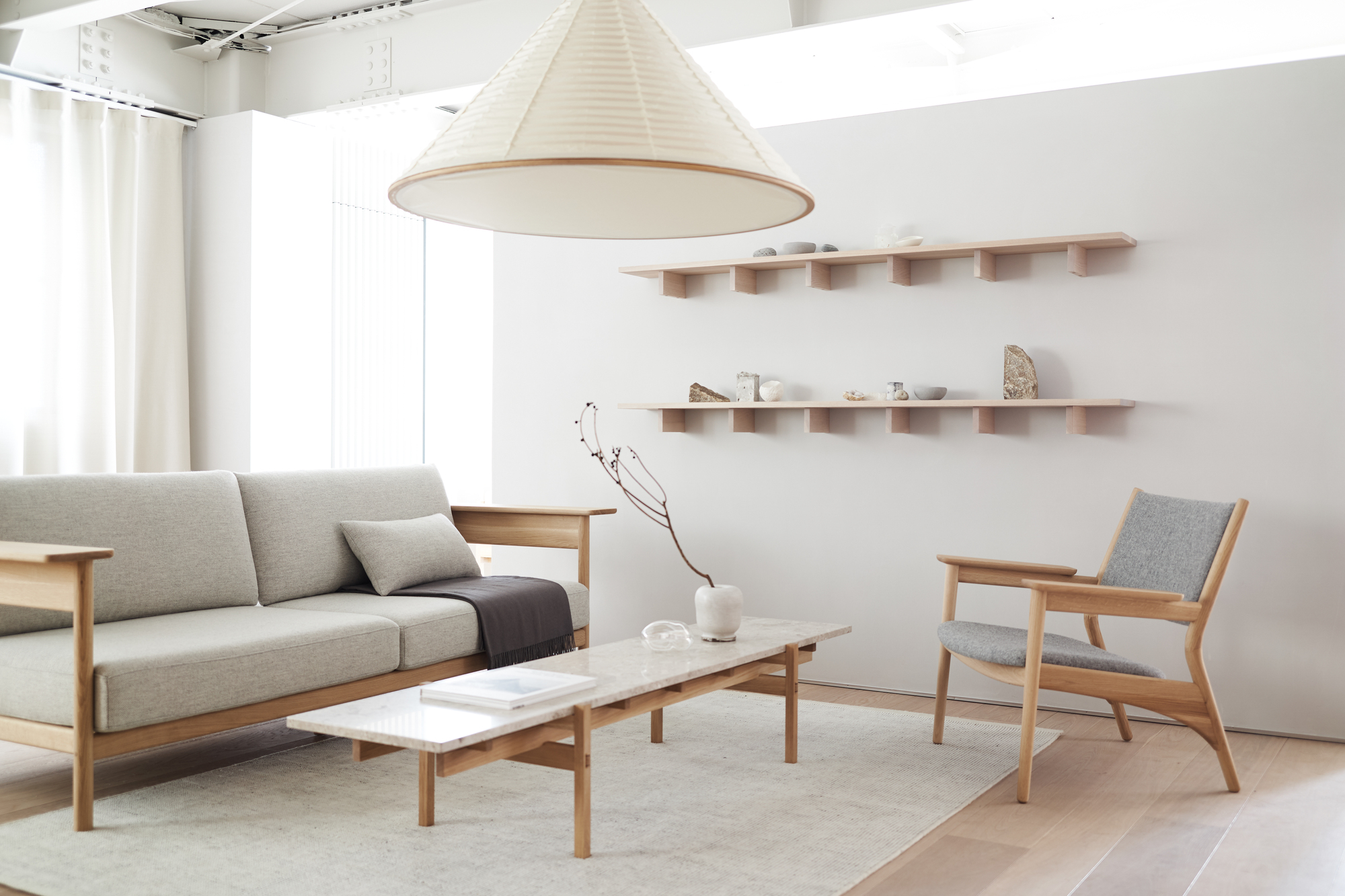
Modern furniture for living rooms is typically low-profile in the archetypal Japanese home. This is a look that has transferred over to the Scandi aesthetic too. It mirrors traditional Japanese living rooms, where people would typically sit on the floor, as Keiji Ashizawa, architect and product designer of Keiji Ashizawa Design explains. 'Contemporary rooms are very international in style,' says Keiji. 'In my opinion, furniture became popular in Japanese households in the 1970s. Until then, it was chests of drawers, chabutai (tea table), mizuya (water closet), and geta-bako (shoe box),' says Keiji.
Today, the low-profile look alludes to the typical layout of a Japanese interior and feels modern and slick. This kind of low profile to a room helps a living room feel contemporary and relaxing.
4. Flexible open plan space
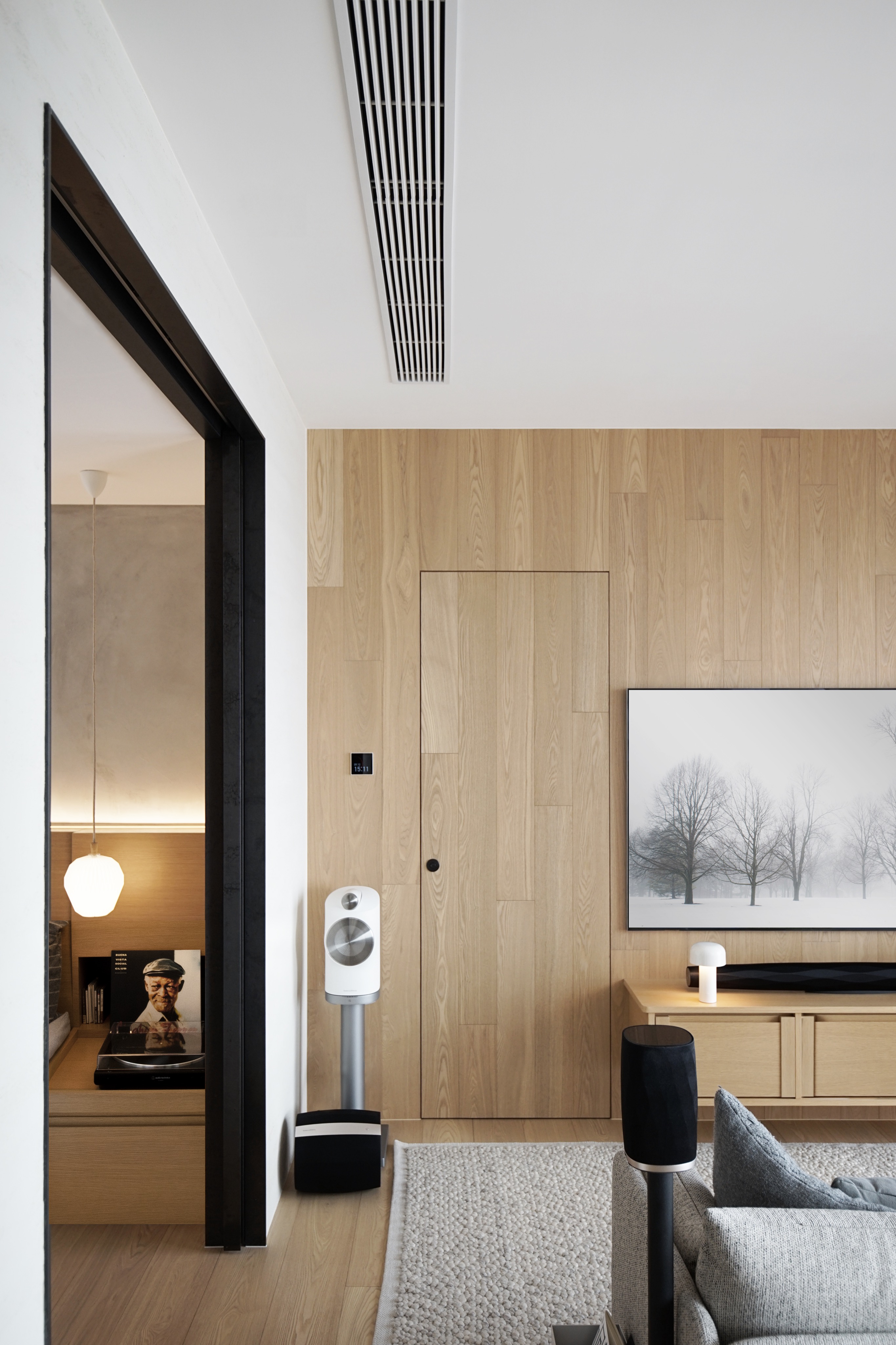
'Traditional Japanese-style rooms do not divide the room with walls, but with fusuma (sliding doors) and shoji (paper sliding doors), creating an open and highly variable space,' points out Keiji.
Modern Japanese living rooms mirror this by sticking to an open-plan layout. Any doors that separate rooms to the next space are sliding doors, pocket doors, or simply room dividers to create a flow and navigate people around, and allude to this free and open spatial planning.
For a more modern take, living rooms are divided into two spaces as is this case here where Hong Kong-based Hintegro used a sliding door of Japanese Shikui earth plastering and a black metal frame.
Shikkui Plaster is a traditional and innovative Japanese lime plaster made of slaked lime of high calcium purity with additives including seaweed extracts.
5. A neutral color scheme

Japanese interiors are known for their pared-back and simple minimalist color palette. Think layers of neutrals and beiges, punctuated with black accents. The traditional Japanese interior was void of color apart from natural wood paneling, and this is reflected in the color scheme of a modern living room in Japan.
In this Before and After Japandi Style Pasandena Home, designer and owner Stephani Gan was heavily influenced by Japan. 'I was always inspired by my travels to Japan and I wanted to bring the serenity feeling into this house,' says Stephani.
'I knew from the start that the view and the luscious oak trees... would be what guide the design inside - even the interior paint is called pale oak!'
3 decorative buys for a Japanese style living room
Be The First To Know
The Livingetc newsletters are your inside source for what’s shaping interiors now - and what’s next. Discover trend forecasts, smart style ideas, and curated shopping inspiration that brings design to life. Subscribe today and stay ahead of the curve.

Former content editor at Livingetc.com, Oonagh is an expert at spotting the interior trends that are making waves in the design world. She has written a mix of everything from home tours to news, long-form features to design idea pieces, as well as having frequently been featured in the monthly print magazine. She is the go-to for design advice in the home. Previously, she worked on a London property title, producing long-read interiors features, style pages and conducting interviews with a range of famous faces from the UK interiors scene, from Kit Kemp to Robert Kime. In doing so, she has developed a keen interest in London's historical architecture and the city's distinct tastemakers paving the way in the world of interiors.
-
 Turns Out the Coolest New Café is Actually In Your Kitchen — Here's How to Steal the Style of TikTok's Latest Trend
Turns Out the Coolest New Café is Actually In Your Kitchen — Here's How to Steal the Style of TikTok's Latest TrendGoodbye, over-priced lattes. Hello, home-brewed coffee with friends. TikTok's 'Home Cafe' trend brings stylish cafe culture into the comfort of your own home
By Devin Toolen Published
-
 5 Bathroom Layouts That Look Dated in 2025 — Plus the Alternatives Designers Use Instead for a More Contemporary Space
5 Bathroom Layouts That Look Dated in 2025 — Plus the Alternatives Designers Use Instead for a More Contemporary SpaceFor a bathroom that feels in line with the times, avoid these layouts and be more intentional with the placement and positioning of your features and fixtures
By Lilith Hudson Published
